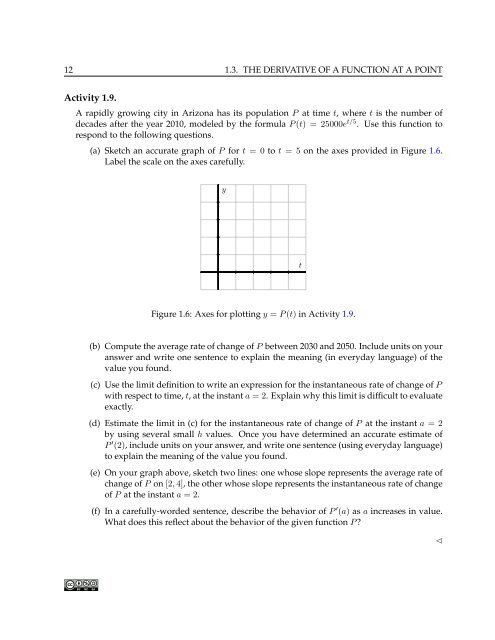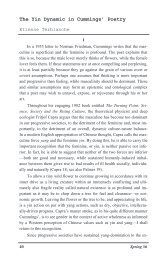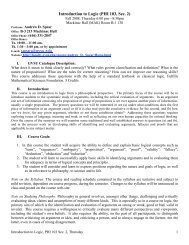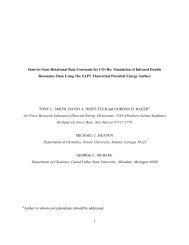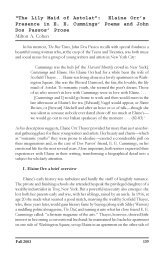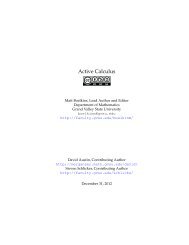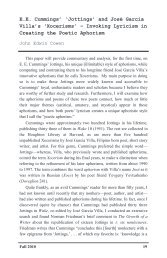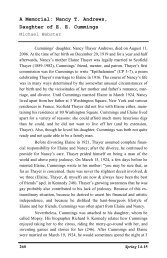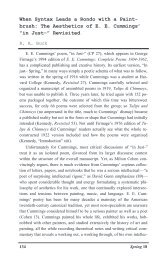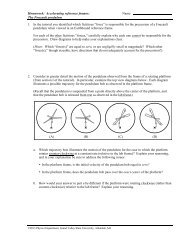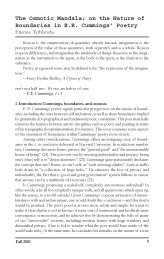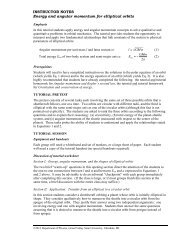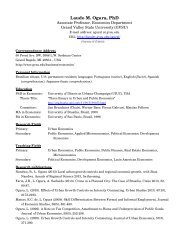Active Calculus - Gvsu - Grand Valley State University
Active Calculus - Gvsu - Grand Valley State University
Active Calculus - Gvsu - Grand Valley State University
- No tags were found...
You also want an ePaper? Increase the reach of your titles
YUMPU automatically turns print PDFs into web optimized ePapers that Google loves.
12 1.3. THE DERIVATIVE OF A FUNCTION AT A POINTActivity 1.9.A rapidly growing city in Arizona has its population P at time t, where t is the number ofdecades after the year 2010, modeled by the formula P (t) = 25000e t/5 . Use this function torespond to the following questions.(a) Sketch an accurate graph of P for t = 0 to t = 5 on the axes provided in Figure 1.6.Label the scale on the axes carefully.ytFigure 1.6: Axes for plotting y = P (t) in Activity 1.9.(b) Compute the average rate of change of P between 2030 and 2050. Include units on youranswer and write one sentence to explain the meaning (in everyday language) of thevalue you found.(c) Use the limit definition to write an expression for the instantaneous rate of change of Pwith respect to time, t, at the instant a = 2. Explain why this limit is difficult to evaluateexactly.(d) Estimate the limit in (c) for the instantaneous rate of change of P at the instant a = 2by using several small h values. Once you have determined an accurate estimate ofP ′ (2), include units on your answer, and write one sentence (using everyday language)to explain the meaning of the value you found.(e) On your graph above, sketch two lines: one whose slope represents the average rate ofchange of P on [2, 4], the other whose slope represents the instantaneous rate of changeof P at the instant a = 2.(f) In a carefully-worded sentence, describe the behavior of P ′ (a) as a increases in value.What does this reflect about the behavior of the given function P ?⊳


